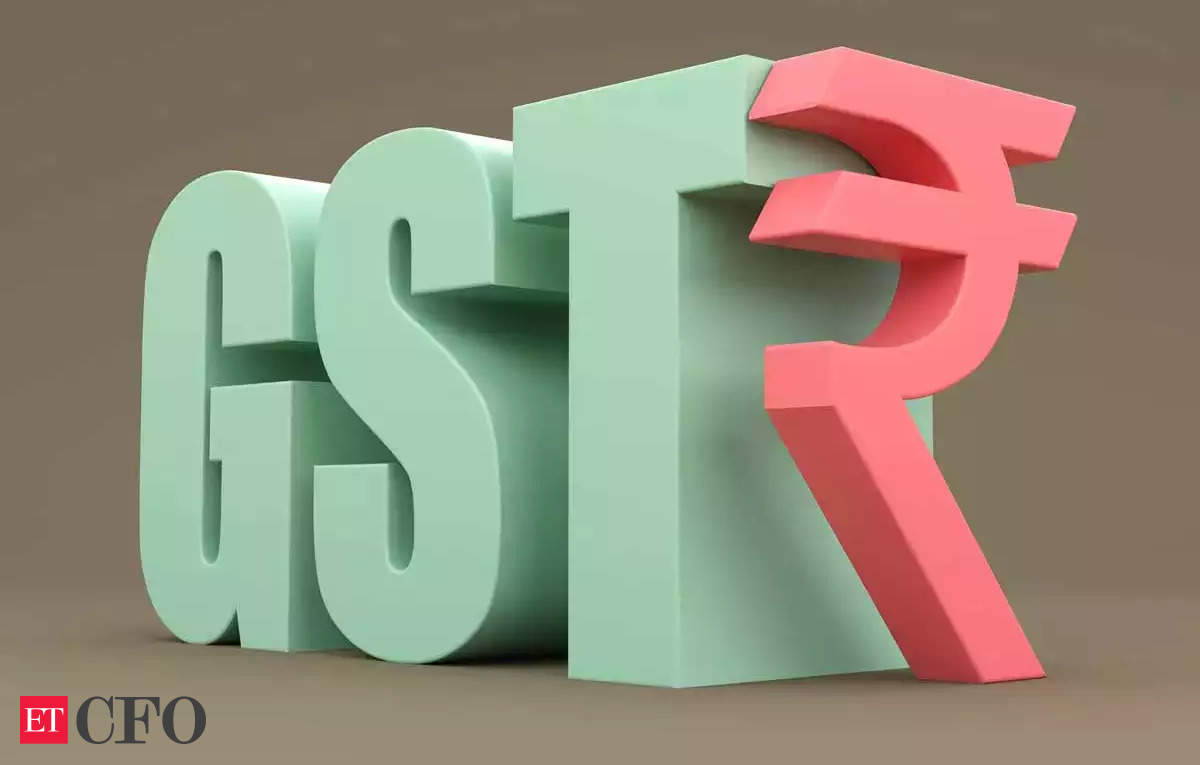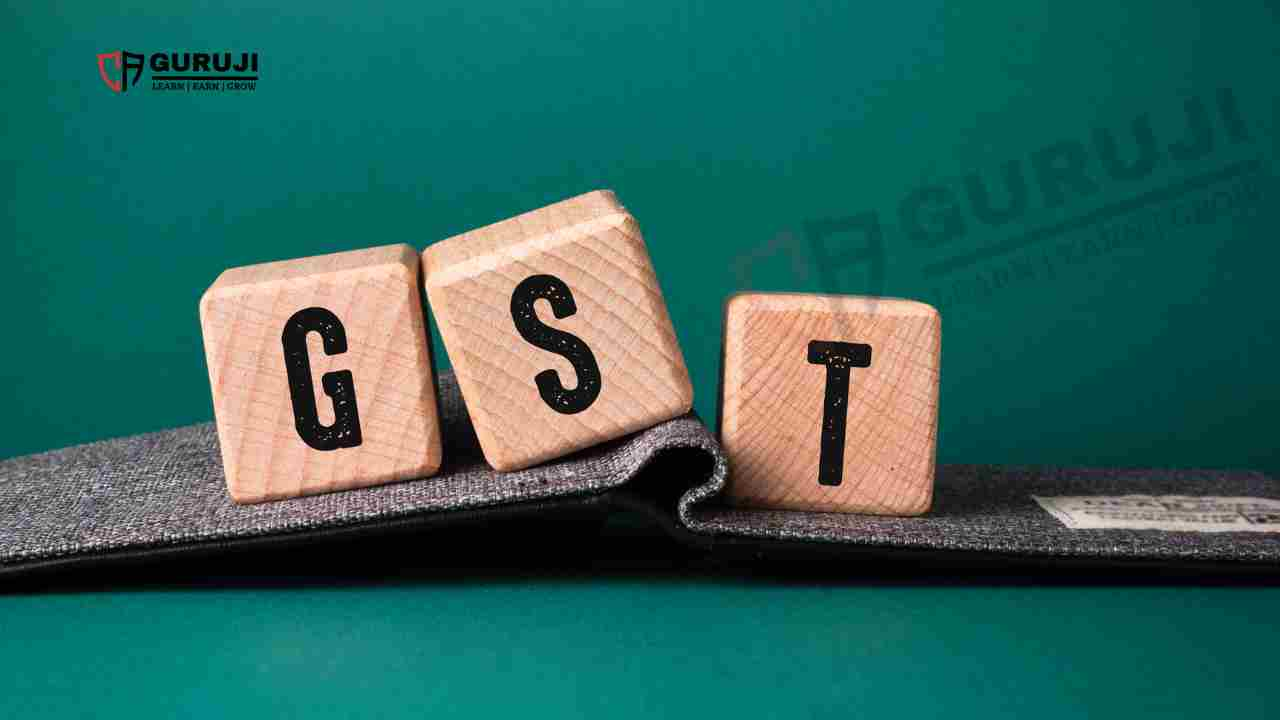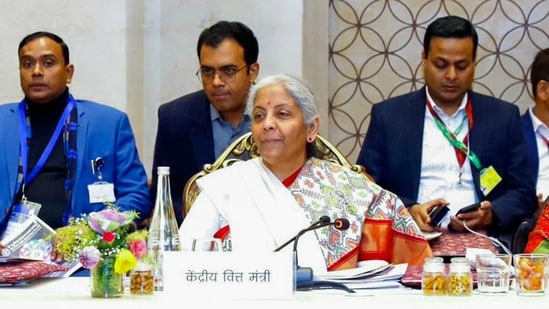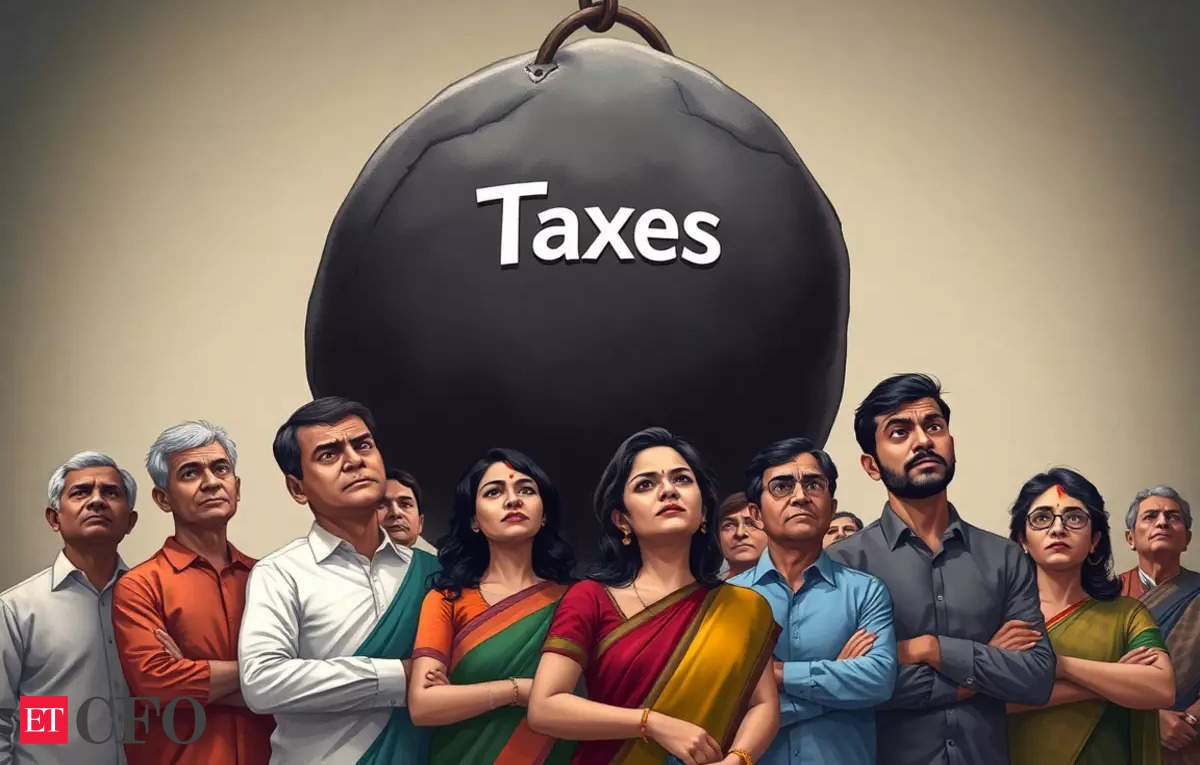A penny saved is a penny earned. For this, tax planning is your weapon to dodge the tax bullets and boost your bank balance. Photo: Shutterstock
Choosing the right tax regime in India can significantly impact your final tax liability. With the introduction of the new tax regime in 2020, taxpayers now have two options: the traditional old regime with its plethora of deductions and exemptions, and the new regime with its simplified structure and lower tax rates. Understanding the exemptions and allowances offered under each regime is crucial for making an informed decision.
The old regime allows taxpayers to claim deductions for various investments and expenses such as House Rent Allowance (HRA), Section 80C deductions, Section 80D deductions and other deductions like interest on home loan (Section 24), interest on education loan (Section 80E), and donations to charitable institutions (Section 80G).
The new tax regime, introduced to simplify the tax filing process, offers lower tax rates compared to the old regime. However, it comes with a significant trade-off: most exemptions and deductions available under the old regime are not allowed under the new regime. Here’s a breakdown of what the new regime offers:
Standard deduction: A fixed deduction of Rs 50,000 is available to all taxpayers, regardless of their income level. This replaces several deductions claimed under the old regime.
Increased basic exemption limit: The new regime offers a higher basic exemption limit compared to thethan, currently at Rs 3 lakh.
Tax rebate: A tax rebate is available for income up to a certain limit, effectively reducing the tax liability to zero for some taxpayers.
Gratuity Received from Employer
Exemption: Tax-free up to a certain limit as per Income Tax rules.
Example: Maya retires after 30 years of service and receives a gratuity of Rs 20,00,000. The exemption limit for gratuity for her is Rs 20,00,000, making the entire amount tax-free.
Maturity of Life Insurance Policy
Exemption: Amount received upon the maturity of life insurance policies is tax-free if the premium paid does not exceed 10% of the sum assured.
Example: Rohan’s life insurance policy matures, yielding Rs 5,00,000. His annual premium was Rs 25,000 and the sum assured was Rs 3,00,000. Since the premium is less than 10% of the sum assured, the maturity amount is tax-exempt.
Voluntary Retirement Scheme (VRS) Proceeds
Exemption: Amounts received under VRS are tax-free up to Rs 5,00,000.
Example: Priya opts for VRS and receives Rs 4,50,000. Since this is below the exemption limit, the entire amount is tax-free.
Transport Allowances for Specially Abled Taxpayers
Exemption: Specially abled taxpayers can claim transport allowances up to a specified limit.
Example: Aman, who has a disability, receives a transport allowance of Rs 3,200 per month. He can claim this entire amount, Rs 38,400 annually, as a tax deduction.
Conveyance Allowances
Exemption: Up to Rs 1,600 per month for expenses incurred on conveyance in performance of duties.
Example: Neha receives a monthly conveyance allowance of Rs 1,600 for commuting. Her annual exemption amounts to INR 19,200, fully exempt from tax.
Cost of Travel on Tour or Transfer
Exemption: Reimbursements for travel costs on an official tour or transfer are exempt.
Example: Vikram is transferred to another city and incurs INR 15,000 in travel expenses, which are reimbursed by his employer. This reimbursement is not taxable.
Daily Allowances
Exemption: Allowances for daily expenses when away from the regular place of duty are exempt.
Example: Sana, on a business trip, receives a daily allowance of Rs 800 for 5 days, totaling Rs 4,000. This allowance is exempt from tax as it covers her expenses while away from her regular place of duty.
Remember:
The new regime does not allow exemptions or deductions for popular tax-saving avenues like PPF, ULIPs, ELSS, or medical insurance premiums (Section 80C and 80D).
Allowances like House Rent Allowance (HRA) and Leave Travel Allowance (LTA) are also not applicable under the new regime.
It’s crucial to compare your potential tax liability under both regimes before making a choice. Consider your income level, investment habits, and expenses to see which regime offers a lower tax burden.
Visit www.cagurujiclasses.com for practical courses











